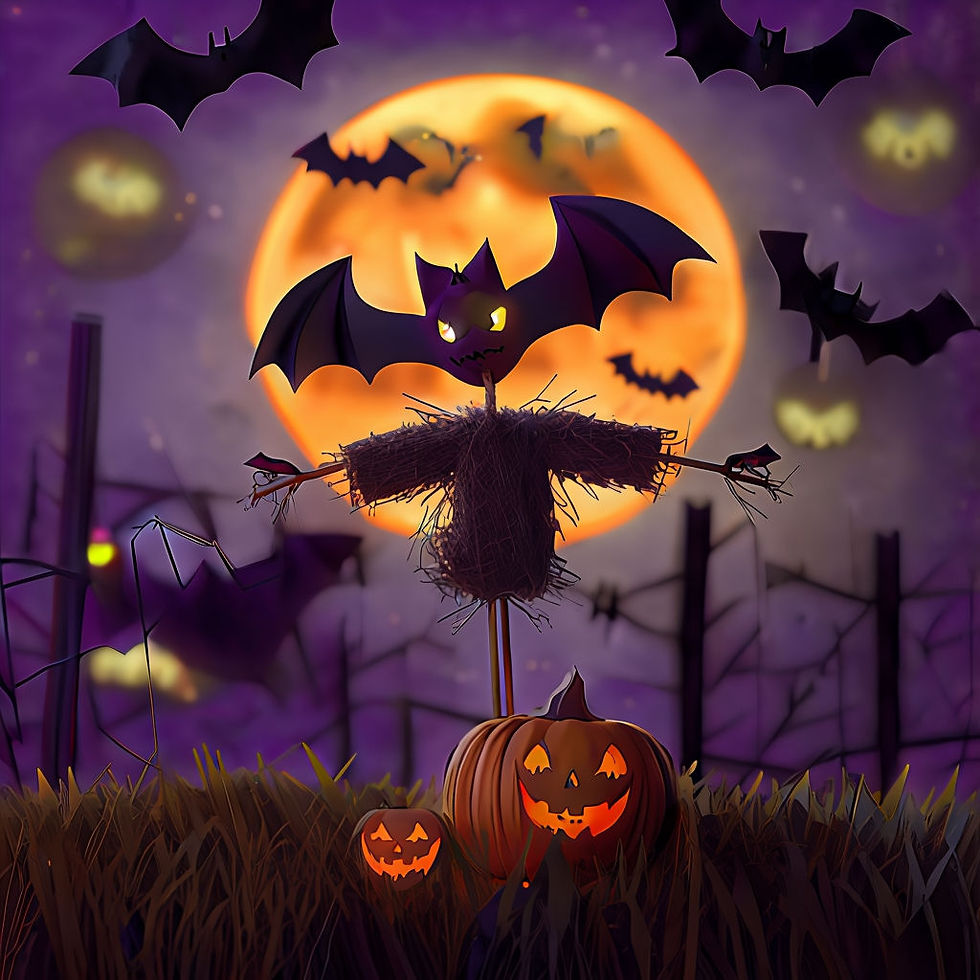
Halloween celebrated on October 31st, is a holiday rich in history, tradition, and modern-day festivities. Its origins date back to the ancient Celtic festival of Samhain, which marked the end of the harvest season and the beginning of winter. The Celts believed that on the night of October 31st, the boundary between the living and the dead blurred, and spirits could cross over into the world of the living. Bonfires were lit and people wore costumes to ward off roaming spirits.
With the spread of Christianity, the festival of Samhain was eventually transformed into All Hallows’ Eve, the night before All Saints’ Day on November 1st. This Christianised version of the holiday retained many of its original features, including the idea of honouring the dead. Over time, Halloween evolved, absorbing traditions from various cultures and taking on new meanings as it spread to different parts of the world, particularly to the United States in the 19th century, where it became a widely celebrated holiday.
In the U.S., Halloween took on a more secular and commercialised form, focusing heavily on community activities, entertainment, and playful spookiness. Trick-or-treating became a staple of Halloween in the mid-20th century, with children dressing up in costumes and going door-to-door to collect candy. The act of trick-or-treating is rooted in several traditions, including the medieval practice of “souling,” where the poor would go from house to house on All Souls’ Day, offering prayers for the dead in exchange for food. Today, the custom is primarily focused on children and family fun.
Costumes are one of the most recognisable aspects of modern Halloween. Originally, people wore simple costumes to protect themselves from evil spirits, but as the holiday evolved, costumes became more creative and elaborate. Superheroes, movie characters, and spooky creatures like vampires, ghosts, and witches are popular choices for both children and adults. Halloween parties, haunted houses, and pumpkin carving have also become standard activities associated with the holiday. Carving pumpkins into jack-o’-lanterns is a beloved tradition that comes from an old Irish legend about a man named Stingy Jack, who tricked the Devil and was condemned to wander the Earth with only a carved-out turnip lantern to light his way. When Irish immigrants brought this story to America, they found that pumpkins, native to the continent, were easier to carve than turnips, and thus, the modern jack-o’-lantern was born.
In addition to costumes and trick-or-treating, Halloween also carries an air of mystery, magic, and the supernatural. It is a time when stories of ghosts, witches, and spirits are told around campfires or through movies and literature. Haunted houses, real and imagined, play on people’s fascination with the macabre and the unknown, giving the holiday a playful, spooky edge. The Halloween season is also closely associated with horror films and themes of death and the afterlife, as it allows people to confront and explore their fears in a fun, safe context.
Despite its modern, often lighthearted celebration, Halloween still retains traces of its ancient roots. The themes of death, darkness, and the supernatural reflect the changing season as autumn turns to winter when the days grow shorter and colder. In many ways, Halloween bridges the warm harvest season and the cold months ahead, allowing people to engage with the idea of mortality and the mysteries of life in a festive, communal setting.
As Halloween continues to evolve, it remains a holiday that brings people together, whether through neighborhood trick-or-treating, costume parties, or a shared love of all things spooky. It offers a unique blend of fun and fright, history and imagination, making it one of the most widely celebrated holidays around the world today. Whether through ancient rituals, playful scares, or candy-filled festivities, Halloween provides a magical space where the boundaries between reality and fantasy blur, allowing people to embrace their fears, their creativity, and their community spirit.
Halloween is a holiday filled with history, spooky traditions, and cultural significance.
Here are some interesting facts about Halloween that highlight its origins and modern celebrations:
Halloween’s Ancient Roots: Halloween traces its origins to the ancient Celtic festival of Samhain, celebrated over 2,000 years ago. The Celts believed that on the night of October 31st, the veil between the living and the dead was at its thinnest, allowing spirits to roam the Earth.
Bobbing for Apples: The popular Halloween party game of bobbing for apples dates back to Roman times. The Romans brought the tradition to the Celts when they conquered Britain. Apples were associated with Pomona, the goddess of fruit and fertility, and the game was once used to predict future romantic prospects.
Halloween Colours: The traditional colours of Halloween—orange and black—represent autumn and darkness. Orange symbolizes the harvest and fall season, while black is associated with death and the darkening of days as winter approaches.
Costume Evolution: Wearing costumes on Halloween started as a way to disguise oneself from evil spirits. Over the years, it has evolved into a fun tradition with people dressing up as everything from spooky creatures to popular characters from movies, TV shows, and video games.
Comments